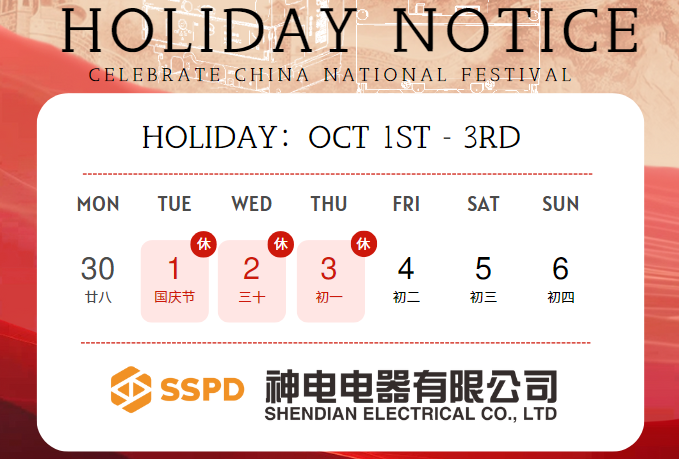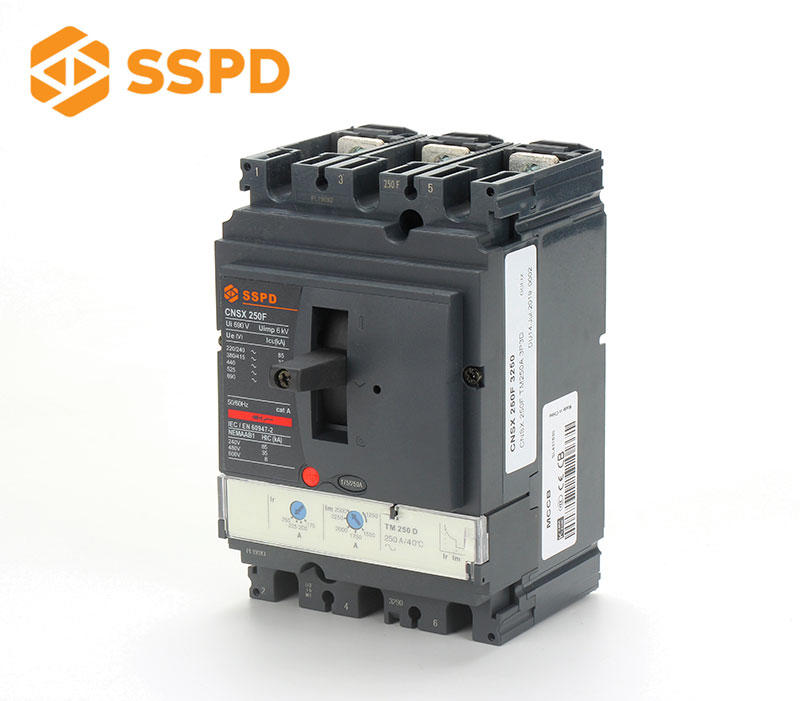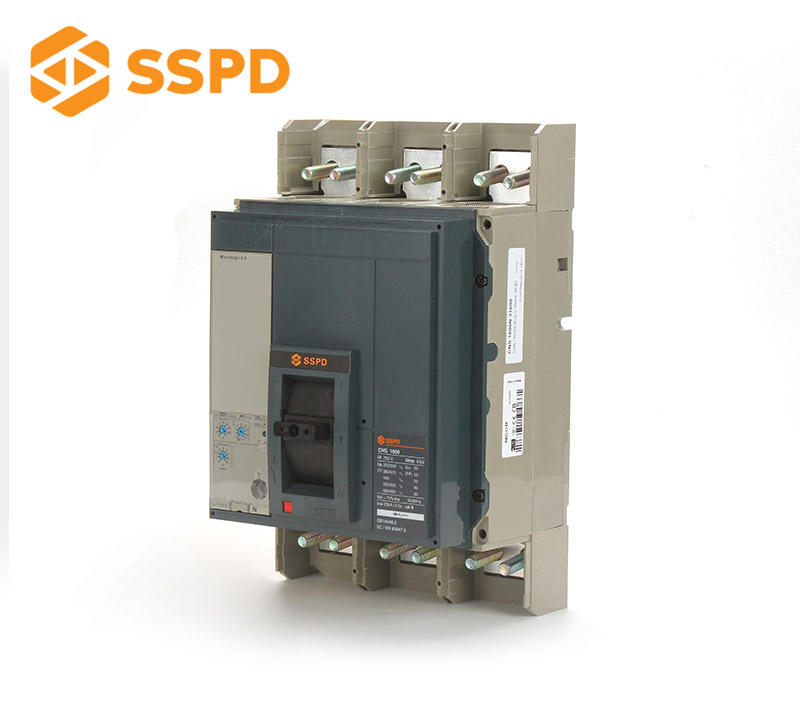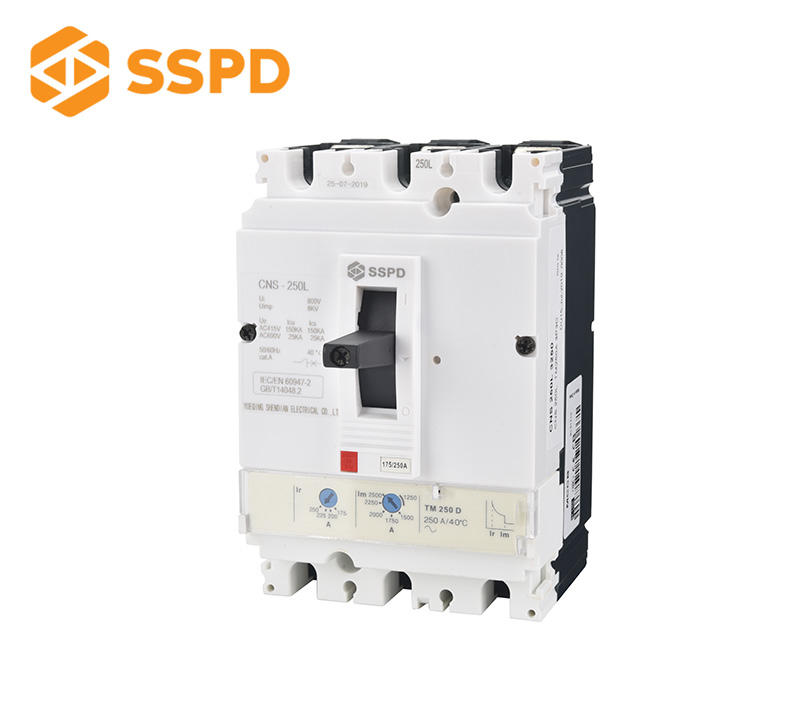The difference between 4P3D and 4P4D in MCCB
MCCB have two kinds of release function in 4P4D and 4P3D, do you know the differences of them? Next, we explain the different from their numbers of poles and modes of operation, application scenarios, ground fault protection of them:
.png)
1. Number of poles and mode of operation
4P3D
-4P3D circuit breaker means that the circuit breaker has four poles, but only the three fire wires (L1, L2, L3) can be disconnected, and the neutral wire (N) is pass-through.
The neutral wire (N) is pass-through and will not be disconnected in the event of a fault.
-In the event of a fault, only the three fire wires (L1, L2, L3) will be disconnected and the neutral wire continues to remain connected to the circuit.
-This configuration is suitable for situations where the neutral wire does not require protection, and is usually used in three-phase, four-wire systems where the load is relatively balanced.
4P4D
-4P4D means that the circuit breaker has four poles, and all four poles can be disconnected at the same time. These four poles are three fire wires (L1, L2, L3) and one neutral wire (N).
-In the event of a fault, all four wires (L1, L2, L3, N) are disconnected simultaneously, providing full pole isolation and protection.
-This configuration is suitable for applications where the neutral conductor is also required to have isolation and protection, and is typically used in three-phase, four-wire systems with unbalanced loads.
.png)
2. Application Scenario.
-4P3D is suitable for scenarios where loads are relatively balanced and neutral protection is not required, such as in residential buildings, commercial buildings and general three-phase power supply equipment. This configuration can meet the protection needs of most systems while reducing costs.
-4P4D is commonly used in industries that require higher protection, such as data centers, communication equipment, industrial control systems, etc. It is especially suitable for applications with high electrical safety requirements. Especially in places where high electrical safety is required, 4P4D ensures that all conductors (including the neutral) are isolated in case of a fault.
.png)
3. Ground Fault Protection.
-4P3D provides full isolation in the event of a ground fault. The neutral remains connected in the event of a ground fault and may not be suitable for some equipment with specific requirements for the neutral.
-4P4D provides full isolation in the event of a ground fault and is suitable for demanding applications such as medical equipment power supply, precision instrument control, etc.
In summary:
-4P3D is suitable for applications where protection of the neutral is not required (neutral not disconnected). If your system has a more balanced load and the neutral does not need to be disconnected, then 4P3D may be more economical and practical.
-4P4D is suitable for applications where protection of the neutral wire is required (four-pole full disconnection). If you need a higher level of electrical safety and protection of the neutral, the 4P4D is the more suitable choice.
.png)
Whatever the choice, SSPD can supply you with the appropriate circuit breaker products, and you are welcome to enquire if you need them.
CNSX moulded case circuit breaker,CNSX MCCB - Yueqing Shendian Electrical Co., Ltd


.jpg)




